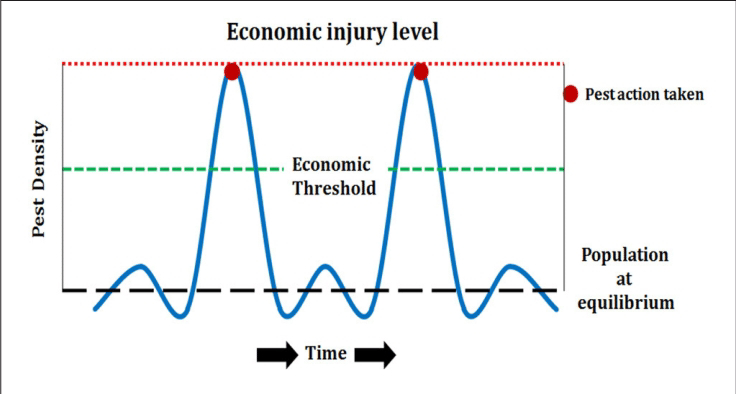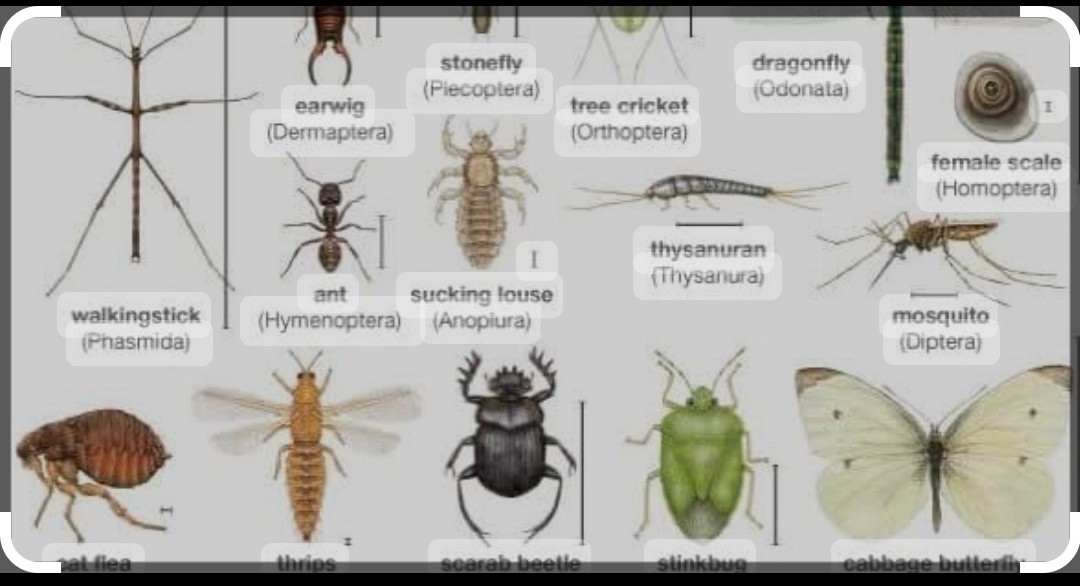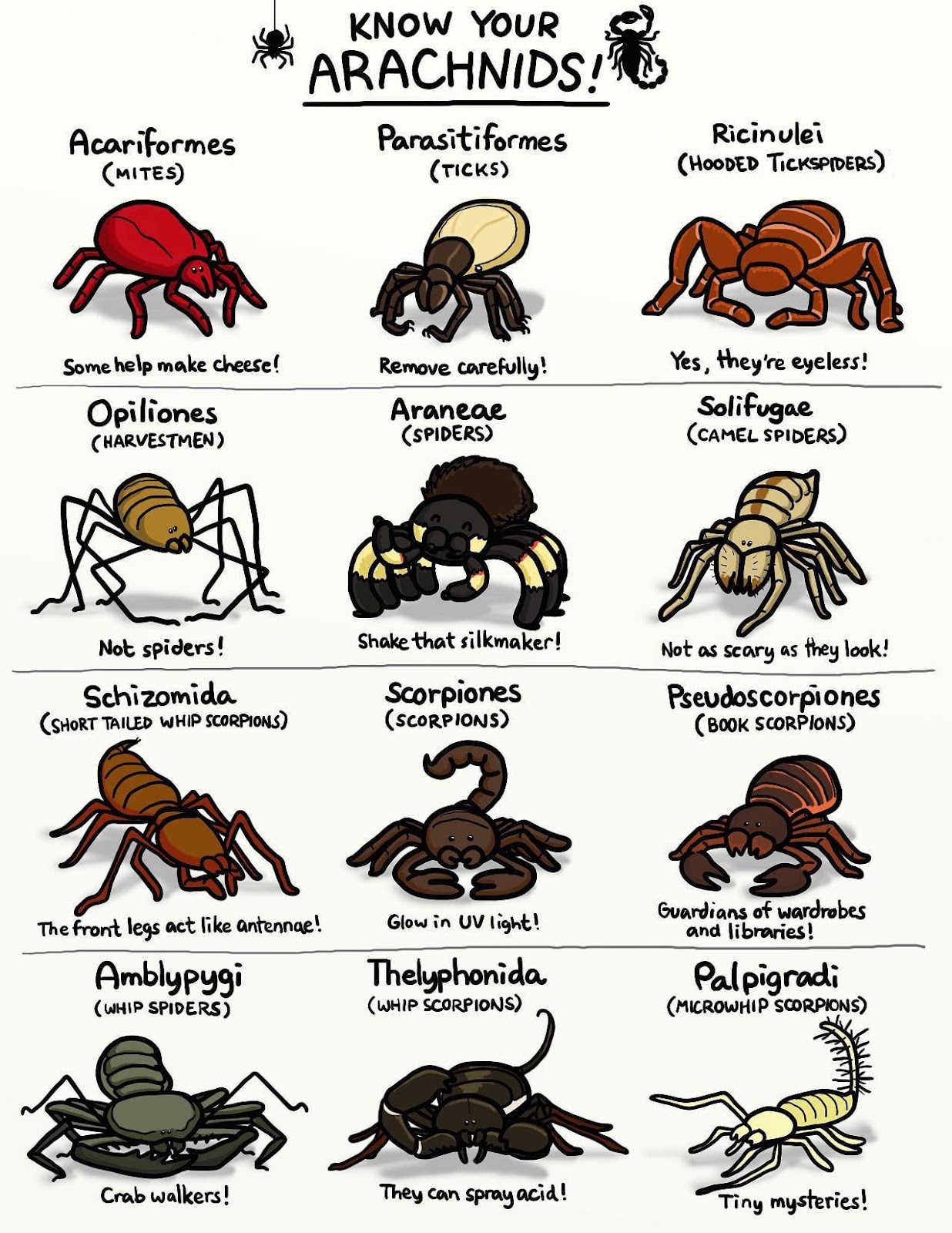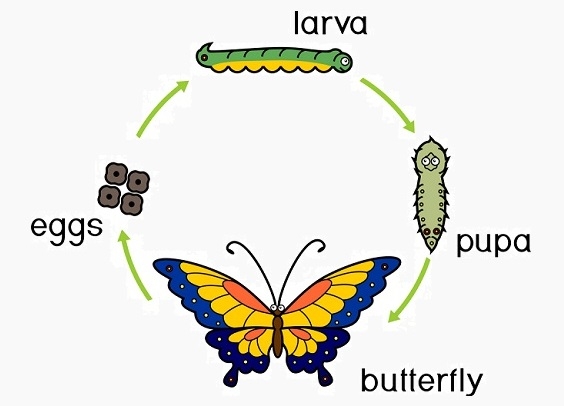Agricultural Entomology An Introduction
1) Insect- Pest:
Pest is a Latin and French word meaning plague or infectious disease.
Pest is defined as 'Such an insect or any other living being whose population increases to such an extent to cause economic losses to crops or nuisance and health hazard to man and his livestock.
Criteria of to be pest:
From the above definition we derive three criteria of pest-
a) Insect or any other living organism
b) Economic losses to crop or human health
c) A minimum population level i.e. Threshold level of population
Economic Threshold Level : (ETL)
Economic Threshold is the density of the pest population which needs control measures.
According to Stern et. al(1959) : ETL is the pest density at which control measures should be applied to prevent an increasing pest population from reaching the economic injury level (EIL).
Economic Injury level (EIL)
Stern et. al (1959) defined it as the ' lowest population density that will cause economic damage
Conclusion:
A) All insects are not pests
B) All pests are not insects
C) Pest may be insect, nematode , mite , fungus , bacterium , virus , rodent
2) Entomology:
Entomo means insect means cut into section
Logos means discourse
3. Phyllum : Arthropoda
Anthros - Segmented
Podus - Leg
Class: Hexapoda
•Body is divided into three parts viz.
Head , Thorax and Abdomen
• It has three 3 pairs i.e. 6 legs
• Wings are present
• Examples are Insects , Bugs , Beetles
• Insects are 97% of total population of Arthropoda
Class: Arachnida
• Head and Thorax are fused and known as cephalothorax
• Four pairs i .e .8 legs of walking
• It has no antenna
Examples: Mites , Ticks , Red spider
4. Insects :
Insects are :
a) Tracheate Arthrophods means having trachea for respiration
b) Head , thorax and abdomen are dustinctly present
Abdomen has main function of Respiration and Reproduction
Thorax has main function of locomotion
5.Ticks and Mitey
Acarina ; no antenna
No wing
4 pairs of legs
Mouth part - Piercing type
Killing substance of acarina is called Acaricide .
Metamorphosis:
Metamorphosis is the radial changes in morphology during development.
It may be incomplete or complete
a) Incomplete/ Direct/ Gradual/ Hemi- metamorphosis
Here metamorphosis occurs in three stages:
EGG---- NYMPH ---- ADULT
1) Orthoptera-- e.g. Locust , Grasshopper, Cockroach 🪳
2) Thysanoptera - e g. Thrips
3) Isoptera : e g Termites
4) Heteroptera e.g. True bugs
5) Homoptera : e.g. Aphids , leaf hoppers
Complete/ Complex / indirect/ Holometamorphosis:
Here radial changes in morphology occur in four phases
EGG---LARVA--PUPA(Cacoon)-- ADULT
Examples of such complete metamorphosis are in :
1) Coleoptera: e.g. Beetles, Weevils .
This order is most damaging
2)Lepidoptera :
E g Moths, Butterflies , Silkworm
3) Diptera - e.g. Flies
4) Hymenoptera : e.g . Sawflies , Bees, Ants ,Wasps
Vaishnavi Nimkar 🌾🌱
Loveofmylife#Agriculture❤️













Comments
Post a Comment